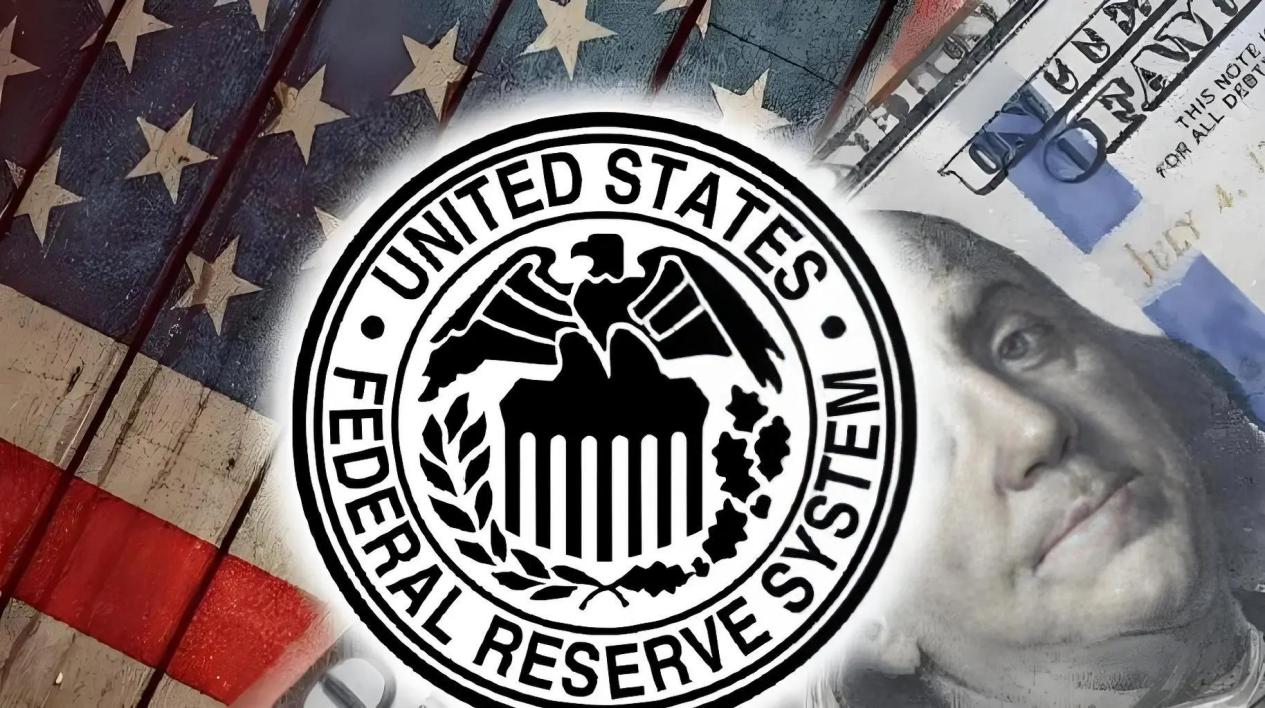
Recently, the minutes of the June meeting released by the Federal Reserve showed a heated debate among policy makers regarding the impact of the Trump administration's tariff policies on inflation. This divergence not only highlights the uncertainty of US economic policies, but also directly affects the global financial market's expectations for the path of the Federal Reserve's interest rate cuts. Under the dual pressure of inflation and economic growth, the Federal Reserve is facing its most complex policy choices in recent years.
The judgment of the impact of tariffs within the Federal Reserve shows significant differentiation. A few officials believe that tariffs will lead to a one-time increase in commodity prices, and companies can absorb costs by compressing profits, adjusting supply chains, and other means. But most officials warn that tariffs may trigger more lasting inflationary effects. This divergence stems from structural changes in the tariff transmission mechanism: the Trump administration's "equivalent tariffs" cover a much wider range than before, including industrial products such as steel and aluminum, as well as end products such as consumer electronics and clothing. According to a survey by the American Footwear Retailers Association, over half of businesses expect retail prices to increase by 6% -10% due to tariffs. More importantly, there has been a shift in pricing strategies among enterprises, with some companies doubling their planned price increases for the next 12 months and exceeding expected revenue growth, indicating that cost pressures are being transmitted downstream through the pricing mechanism.
Although long-term inflation expectations remain stable around the 2% target, short-term expectations have loosened. According to a survey by the New York Federal Reserve, the expected increases in livelihood areas such as healthcare costs and university tuition fees are as high as 9.3% and 9.1%, respectively, far exceeding the growth rate of core CPI. This structural inflation expectation differentiation may solidify inflationary pressures through the wage price spiral mechanism. What is even more alarming is the combined effect of tariff policies and geopolitical risks: the tense situation in the Middle East has pushed up energy prices, and the restructuring of global supply chains has exacerbated transportation costs. These factors resonate with tariffs and may amplify the persistence of inflation. The Federal Reserve model shows that if tariffs cause an average annual inflation rate increase of 0.4 percentage points from 2025 to 2026, it will reduce GDP growth by 0.06 percentage points per year, forming the embryonic form of "stagflation".
The market's expectations for the Federal Reserve to cut interest rates have been thrown into confusion due to differences in tariffs. The pricing of interest rate futures shows that traders have postponed the first interest rate cut from September to October, and the annual rate cut has been compressed from 75 basis points to 43 basis points. This expected correction is highly consistent with the internal divisions revealed by the Federal Reserve's dot matrix: out of 19 policy makers, 10 expect to cut interest rates twice before the end of the year, 7 believe there is no need for a rate cut, and 2 support a rate cut once.
The cautious attitude of the Federal Reserve stems from three considerations: firstly, although there are signs of weakness in the job market, the unemployment rate remains at a low level of 4.2%; Secondly, the core PCE inflation rate is expected to increase by 2.9% -3.0% year-on-year in June, without significantly deviating from the target range; Thirdly, the randomness of the Trump administration's tariff policies (such as the sudden announcement of a 50% tariff on copper) has exacerbated the difficulty of economic forecasting, forcing the Federal Reserve to adopt a "risk neutral" strategy.
The policy divergence of the Federal Reserve has triggered severe fluctuations in global asset prices. The US stock market is showing structural differentiation: the Nasdaq index hit a historic high driven by technology stocks, while the Dow Jones index fell due to concerns about tariffs in traditional industries. The US dollar index broke through the 105 mark, and the 10-year US Treasury yield climbed to 4.3%, putting pressure on gold prices due to rising real interest rates. Emerging markets are facing pressure from capital outflows and currency depreciation, with currencies such as the Mexican peso and the Colombian peso depreciating by over 3% against the US dollar.
The more profound impact lies in the accelerated restructuring of the global trade pattern. Enterprises are shifting their supply chain from "offshore outsourcing" to "offshore outsourcing" to avoid tariff risks, which may reshape the industrial distribution in the next decade. Goldman Sachs economists predict that if the core CPI increases by more than 0.3% month on month for three consecutive months, the Federal Reserve may be forced to postpone the first interest rate cut to 2026. On the contrary, if the job market deteriorates faster than expected, the probability of a 25 basis point interest rate cut in September will rise to 60%. In this balancing act of inflation and growth, every decision made by the Federal Reserve will profoundly affect the trajectory of global economic recovery.

The United States announced on Monday its commitment to provide 1.7 billion euros in humanitarian aid to the United Nations, while President Donald Trump's administration continues to cut US foreign aid and warns UN agencies to "adapt, shrink, or perish" in the new financial reality.
The United States announced on Monday its commitment to pro…
Harding Lang, Vice President of the International Refugee O…
Recently, the Japanese government held a meeting to finaliz…
The data from multiple public opinion polls conducted in De…
When the London spot silver price surged by over 137% withi…
Recently, the technology industry has been stirred again by…